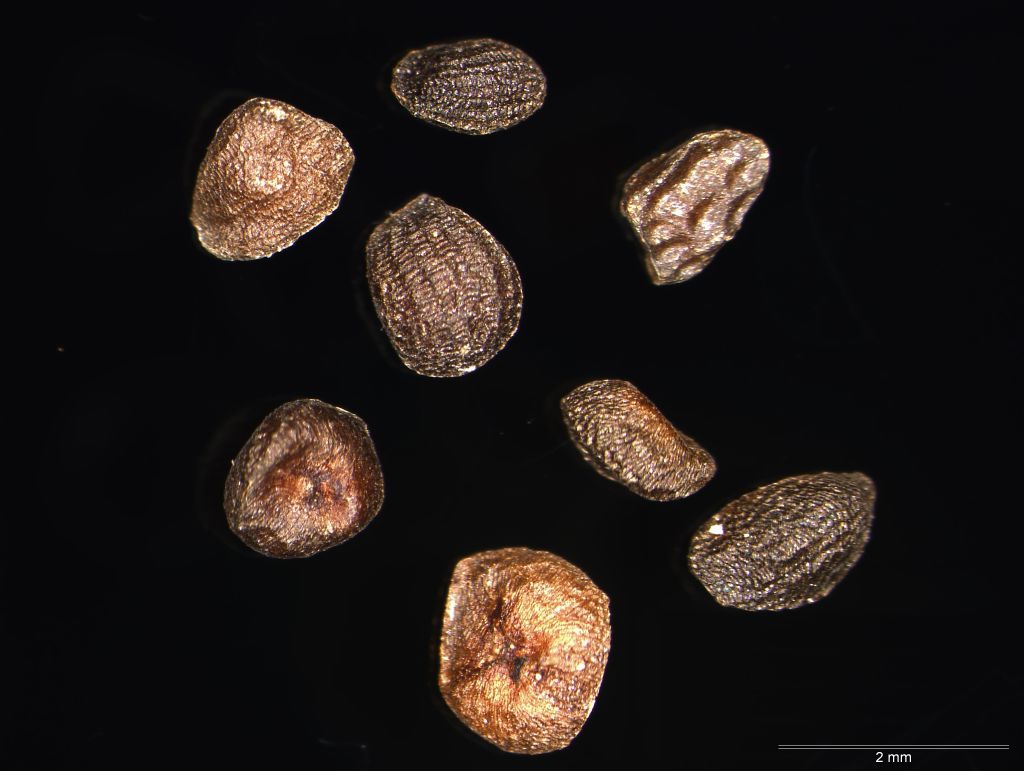Tree up to 35 m tall. The bark is rough over whole trunk and branches, thick, hard, grooved, black (ironbark).
Leaves
Juvenile leaves petiolate (have a stalk), are opposite for a few pairs then alternate, narrowly to broadly tapering to a point, to 17 cm long and 4 cm wide, more or less discolorous, green or greyish-green or glaucous (covered with a a greyish, bluish, or whitish powder or waxy coating).
Adult leaves petiolate, alternate, lance-head shaped, 9.5 – 22 cm long and 1 – 2 cm wide, concolorous (the lower leaf surface distinctly different in colour from the upper), green or glaucous; reticulation dense with numerous intersectional oil glands.
Flowers
It blooms producing inflorescences with flowers that are white, rarely pink. Keep an eye out for the flower caps that cover developing flowers and may fall on the ground at the end of flowering.
Fruits/Seeds
Fruits are truncate (end abruptly as it cut off across the tip), spherical and 1.4 cm long and 1.4 cm diameter. The seed is brown, irregularly egg-shaped and slightly flattened.
Field Guide
Improve your identification skills. Download your Ironbark field guide here!




